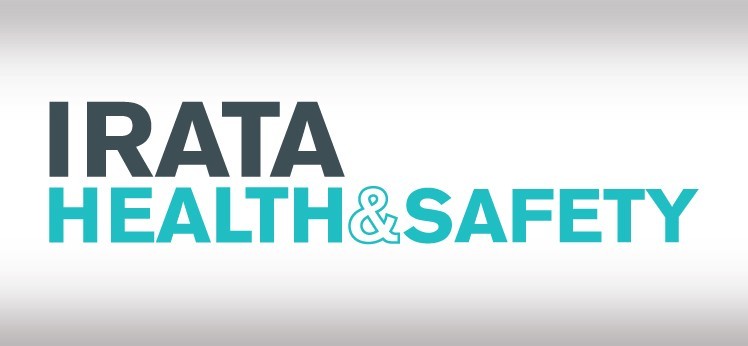IRATA International’s annual Work and Safety Analysis (WASA) is essential reading for rope access managers, rope access safety supervisors, training companies and technicians. It provides some insight into accident causation for anyone working in rope access. WASA 2018 is available as a free download: https://irata.org/uploads/documents/Work_and_Safety_Analysis_2018.pdf. Areas where improvements in safety could be achieved are identified. Importantly, these are dominated by the need to prevent rope damage and severance.
Dropped objects
WASA 2018 notes that, “Dropped objects remain a concern …”. Of the 33 falling objects reported, 32 were dropped by technicians. The range of objects dropped varied from tool bags, buckets, a meter, camera, helmet, drill batteries, assorted tools (e.g. hammer, glass sucker, trolley) to various building materials, items of climbing equipment and a magnet. In many cases, securing lanyards or tethers failed or were inadequate for the purpose.
To assist members in their consideration of these issues, the Health and Safety Committee (HSC) has prepared:
- Safety Bulletin No. 42, falling or dropped objects - https://irata.org/downloads/2431
- Topic sheet No. 11, Dropped objected - https://irata.org/downloads/2246
- Topic sheet No. 15, Tool lanyards -https://irata.org/downloads/2250
Members are urged to review their management system for falling object and risk management procedure(s).
In addition to this guidance, the Equipment and Standards Committee (ESC) is preparing a ‘dropped objects poster’. It is hoped that this will be available shortly and be distributed and displayed in a similar manner to the edge management poster (https://irata.org/downloads/3103).
Under-reporting
A recommendation of WASA 2018 was, “It is recommended that the IRATA Executive encourage the membership to report not only injuries, but all incidents that could have led to injury or fatality i.e. ‘Dangerous Occurrences’ …”. Indeed, there has been a view - for a number of years - that the number of dangerous occurrences reported does not reflect what is actually happening on site. The topic is something that can be considered within member companies, as well as at RAC meetings and the ITEC.
To assist members and others in their consideration of these issues, the Health and Safety Committee (HSC) has prepared:
- Topic Sheet No. 2, Near misses: Learning from failure - https://irata.org/downloads/2237
- Topic Sheet No. 27, Near miss and under reporting - https://irata.org/downloads/5853
A near-miss (“An unplanned event that did not result in injury, illness or damage – but had the potential to do so”) causes no immediate harm, but can precede events in which a loss or injury could occur.
Members are encouraged to implement a robust near-miss reporting system as an opportunity to prevent future incidents, rather than waiting for losses to occur before taking steps to prevent them from occurring. This requires worker consultation – and an understanding by all of why it is important.
Members are urged to review their management system for near-miss reporting. Encourage technicians to report and discuss near-misses and experiences that they have encountered or heard about. Utilise toolbox talks or task assessment briefings. Vary the topics and encourage participation from all those involved. In many cases, using these two topic sheets will be a good aide memoire in helping to prevent incidents.
Incident reporting
The new ‘Incident Reporting Form’ (Form 021) came into effect on 1.1.19. Members are reminded that they should not wait until the end of each quarter to submit details of their incidents.
Reports submitted are reviewed weekly by the Health, Safety and Technical Advisor. An anonymised collation is reviewed quarterly by the Health and Safety Committee (HSC), to determine whether there is a need to publish any further safety bulletin(s) and/or topic sheet(s). The statistics gathered are used in the annual IRATA International ‘Work and Safety Analysis’ (WASA) to highlight the industry’s safety record and opportunities for continual improvement.
All this can lead to a long ‘lag’ in making available the data to members, in order that they might benchmark their own performance. Accordingly, a ‘real-time’ incident reporting dashboard is in development. There will be more news on this in due course!
IRATA International

